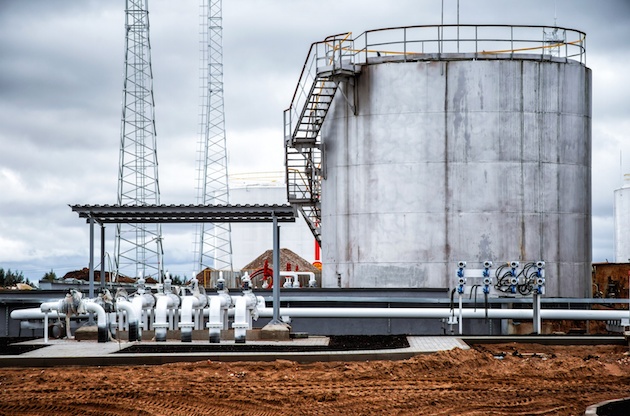
Super-strong and resistant across a vast temperature range, Inconel alloy 625 and Inconel alloy C276 are commonly used in oil drilling. Here we’ll take a look at the specific demands involved and how these two nickel alloys rise to the challenge.
Temperature
As the reserves of oil closest to the earth’s surface have become exhausted over time, it’s become necessary to drill deeper to extract oil. And the deeper you drill, the higher the temperature. In current conditions, the temperature of an oil well can exceed 200°C.
To prevent component failure, materials must be used that can tolerate long-term exposure to these kinds of temperatures without embrittling, fracturing or losing their mechanical properties, such as strength and corrosion resistance. This makes nickel alloys a natural choice.
Inconel alloy C276’s operative temperature range extends to 1230°C, while alloy 625 can handle temperatures up to 1800°C. But this isn’t the only reason these alloys stand out. There are two further factors at work.
Stress
Increasing the depth of oil wells not only raises the temperature, but the pressure, too. The pressure involved in extracting oil is proportional to depth at a rate of 0.052 psi per foot. In extraction from deep-lying oil fields, the pressure is so high that no manual pumping is required. Together with elevated temperatures, this extreme pressure could easily fracture a pipe, with disastrous results.
Corrosion
A third factor that can compromise metal components in an oil-drilling system is corrosion. Oil is rich in corrosive media, including sulphur and chlorine, carbon dioxide and hydrogen sulphide. In the case of offshore drilling, the entire system will also be exposed to seawater. This means that the piping, tubing and other components must be able to withstand a range of different types of corrosion.
This combination of factors – heat, stress and corrosion – disqualifies ordinary steel for use in modern oil drilling. It’s widely accepted that nickel alloys are the only practical choice. Among those, Inconel alloys 625 and C276 emerge as exceptional.
Inconel alloy 625
The composition of alloy 625 makes it a top choice for use in oil-drilling systems. This nickel-chromium alloy is further strengthened by molybdenum and niobium, so it doesn’t require precipitation-hardening, and is resistant to a broad spectrum of corrosive media, even at severe concentrations. These properties remain stable at extreme temperatures.
This alloy is highly workable, making it an easy choice for fabricating a wide range of components. It’s resistant to pitting and crevice corrosion, oxidation and carburisation as well as chloride-ion stress-corrosion cracking, minimising the chances of component failure.
Inconel alloy C276
With a high proportion of nickel, chromium and molybdenum, Inconel alloy C276 resists both stress-corrosion cracking and sulphide stress cracking. It performs especially well when dealing with sour natural gas, which – as the name suggests – contains corrosive elements like chlorides, hydrogen sulphide and carbon dioxide. You’ll often find alloy C276 used to fabricate downhole and surface components as well as tubing and similar elements.
If you’re interested in finding out more about these high-performing alloys and their applications in oil drilling and beyond, just get in touch with our sales team.
 How Inconel Alloys 625 and C276 Help in Oil Drilling
How Inconel Alloys 625 and C276 Help in Oil Drilling

